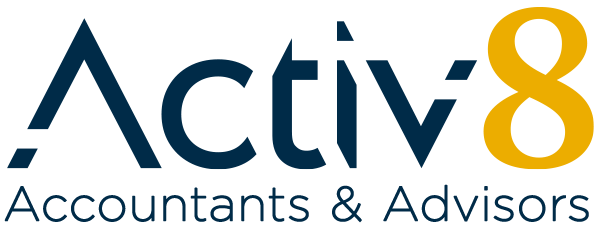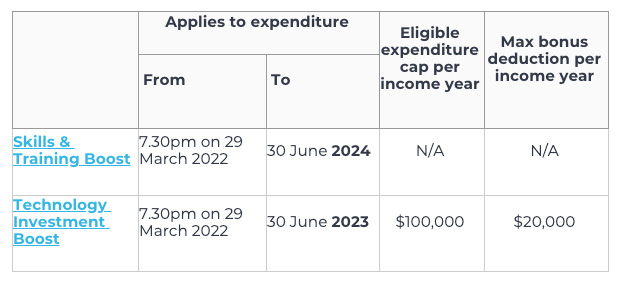The end of the financial year is now less than 3 weeks away. It’s time to make sure your house is in order by targeting tax breaks, trimming loss-makers and invigorating wealth-creating strategies.
The following are eight strategies that can help you get the max from your tax return.
1. Get organised and claim what you are entitled to
The tax office is a big fan of paperwork to back up any claims you make. We are seeing increased audit activity by the ATO so it is vital you have the receipts and proof to back up any claims you make in your tax return. You don’t need to keep piles of paper receipts. The ATO is happy with unedited scanned copies. Just remember to save your documents for the five years that the ATO requires.
2. Work expenses
If you spent money in the process of making money, a whole range of work-related costs can be claimed on tax – everything from sunscreen for outdoor workers to the cost of laundering professional uniforms.
Transport costs are one of the most popular travel tax deductions. Generally, work-related travel in your car or on public transport is claimable with the exception of travel from home to work (and vice versa).
Other expenses you may be able to claim for are:
- Clothing and laundry expenses of uniforms that are distinct to your job and company
- Protective clothing and certain accessories for specific employees
- Self-education expenses, including home office costs
- Tools and equipment purchase and other related expenses
- Fees of books and periodicals, as well as digital information and subscriptions.
You can only claim a deduction if they are related to your job. A course that helps you be better for your current duties can be claimed. However, one that may aid you in getting a promotion or another job cannot be claimed.
If you’re unsure, just check with us or the Tax Office website for a virtual A-Z of expenses that are tax deductible.
3. Claim your work from home expenses
In February this year, the ATO changed the way you can claim deductions for costs incurred when working from home. Firstly, they have revised the fixed rate method and what is covered by that rate. Then they increased the compliance obligations.
With these changes, we believe most clients will be better off claiming work from home expenses based on the actual costs incurred, rather than the cents per hour method. This is because the new fixed rate of 67 cents per hour now absorbs some tax deductions that you used to claim separately.
This method involves claiming the actual work-related portion of all running expenses. To claim this method, you must have an area set aside as a dedicated home office.
Compliance obligations include keeping detailed records for all the working from home expenses being claimed, including:
- All receipts, bills and other similar documents to show you have incurred the expenses you want to claim.
- A record of how you have calculated the work-related and private portion of the expenses (for example, a diary or similar document kept for a representative 4-week period to show the usual pattern of work-related use of a depreciating asset such as a laptop).
If you want to use the cents per hour method, then from 1 March 2023 you need to keep a record of the actual hours you worked from home. Estimates or the 4-week representative log book will not be accepted.
4. Make strategic use of Super (and boost your retirement savings)
It used to be a case of ‘use it or lose it’. If you couldn’t contribute the maximum annual concessional (before-tax) contribution amount to your superannuation, the opportunity was lost.
However, from the 2019/20 year, if your super balance was below $500,000 at the previous June 30, you can use “catch-up” provisions to “legitimately breach” the annual limit. From 1 July 2018, the ‘unused’ amount of your annual cap can be carried forward for the next five financial years. After five years, that unused amount will expire.
Given that Superfunds are generally taxed at 15%, if you are on the top tax rate, these additional contributions can save up to 32% in personal income tax.
If you want to take advantage of this but are unsure of the catch up amounts available, we can quickly get this information from the Tax Office portal.
5. Cut capital gains
If you have a capital gain this year that is going to be taxable, then consider realising capital losses to offset against the gains.
To offset a loss against a gain, both must be realised. This means you must sell both before 30 June to reduce your tax bill.
This is a chance to re-align your investment portfolio to be in line with the portfolio objectives, but also take the opportunity to potentially clean out any poorer performers and manage capital gains and losses.
6. Trust distributions
In recent years, it seems the ATO has decided they really don’t like Trusts. Albeit they are a legitimate vehicle for transferring and managing wealth. One area that is getting focus lately is the need to complete a trustee resolution before June 30.
Failure to do so means the trustee could be assessed on the trust’s taxable income at the highest marginal tax rate.
Activ8 will be in touch with all our clients within the next week to follow up on this issue.
7. Instant Asset Write Off
If you’re a business that is looking to purchase an asset with a value greater than $20,000, ideally do it before 30 June. You will be able to claim 100% of its cost in FY23. Note the asset needs to be installed and ready to use before 30 June to get the deduction. If purchased after 30 June, then these assets will be added into a small business simplified depreciation pool and depreciated at 15% in the first year and 30% each year thereafter.
8. Make donations
Tax time is when the feel-good factor of charitable giving can really kick in. Donations of $2 or more to registered charities are tax deductible.
You’ll need a receipt for large gifts but if you’ve handed some loose change to a street collector you can still claim the donation without a receipt as long as it’s less than $10. Don’t forget to include donations for any workplace giving programs you are part of.
If you want to discuss any of the initiatives referred to above, or if you need help getting your taxes ready or coming up with a plan, don’t hesitate to reach out to Joanna or myself. We’d love to chat.





